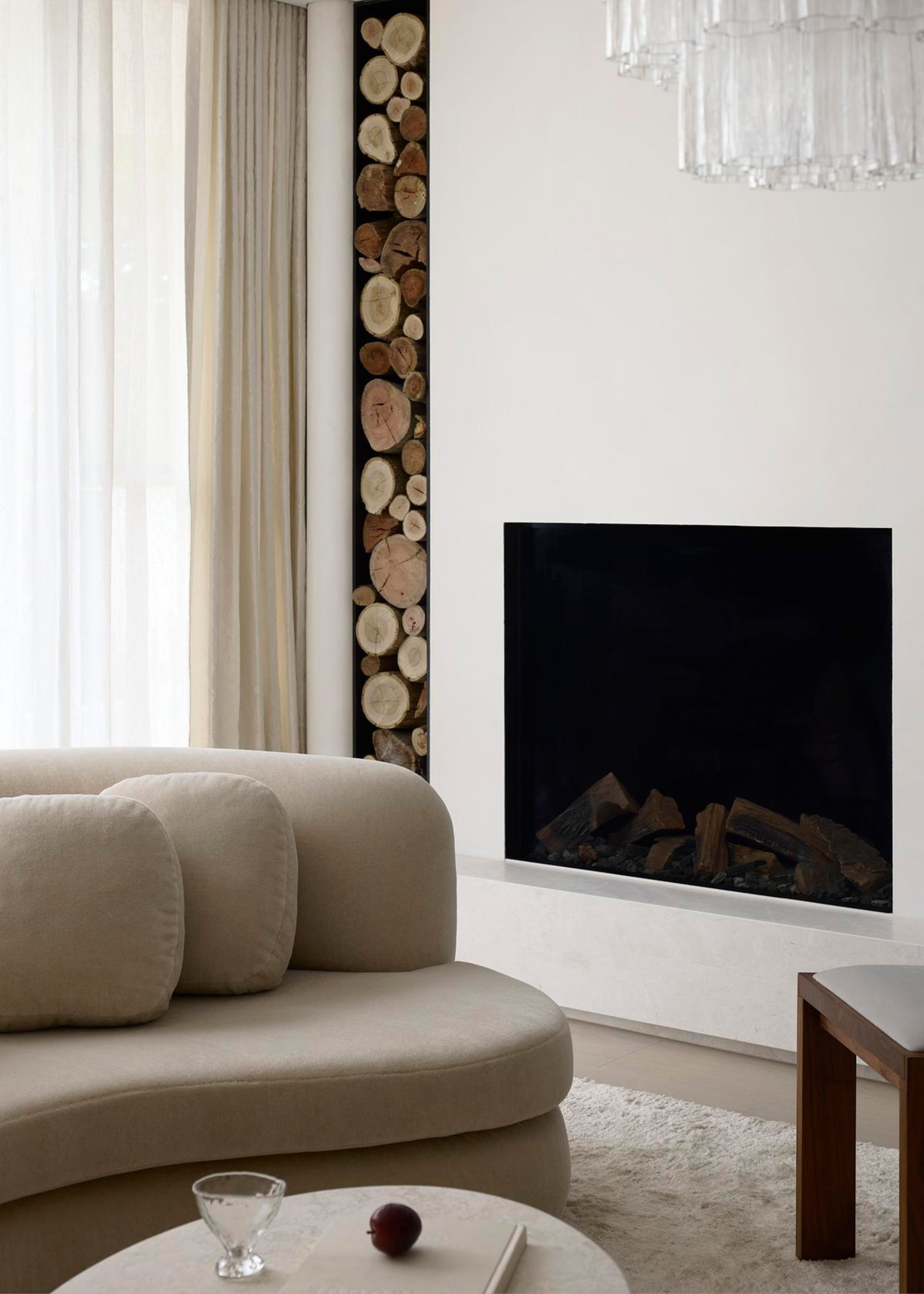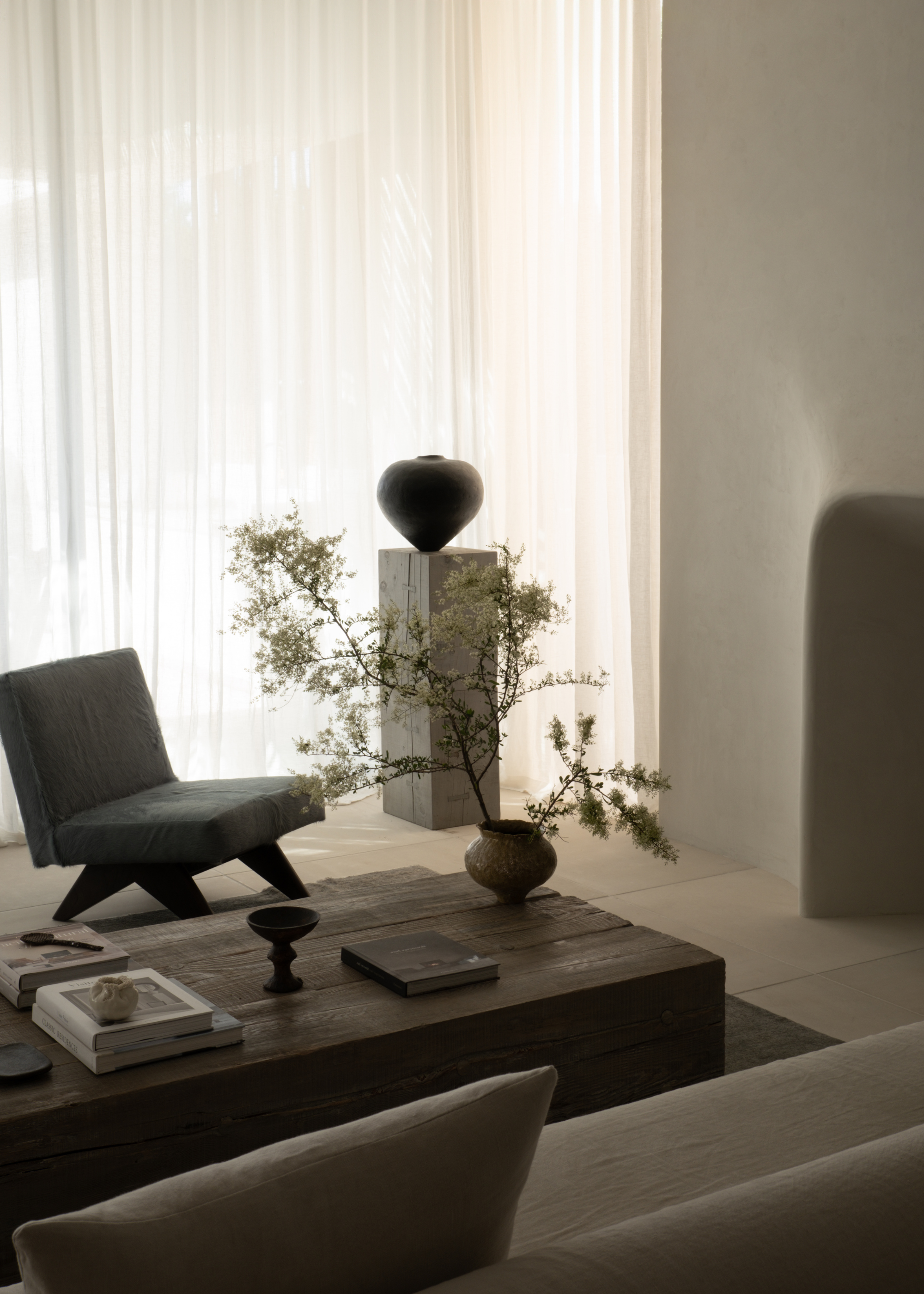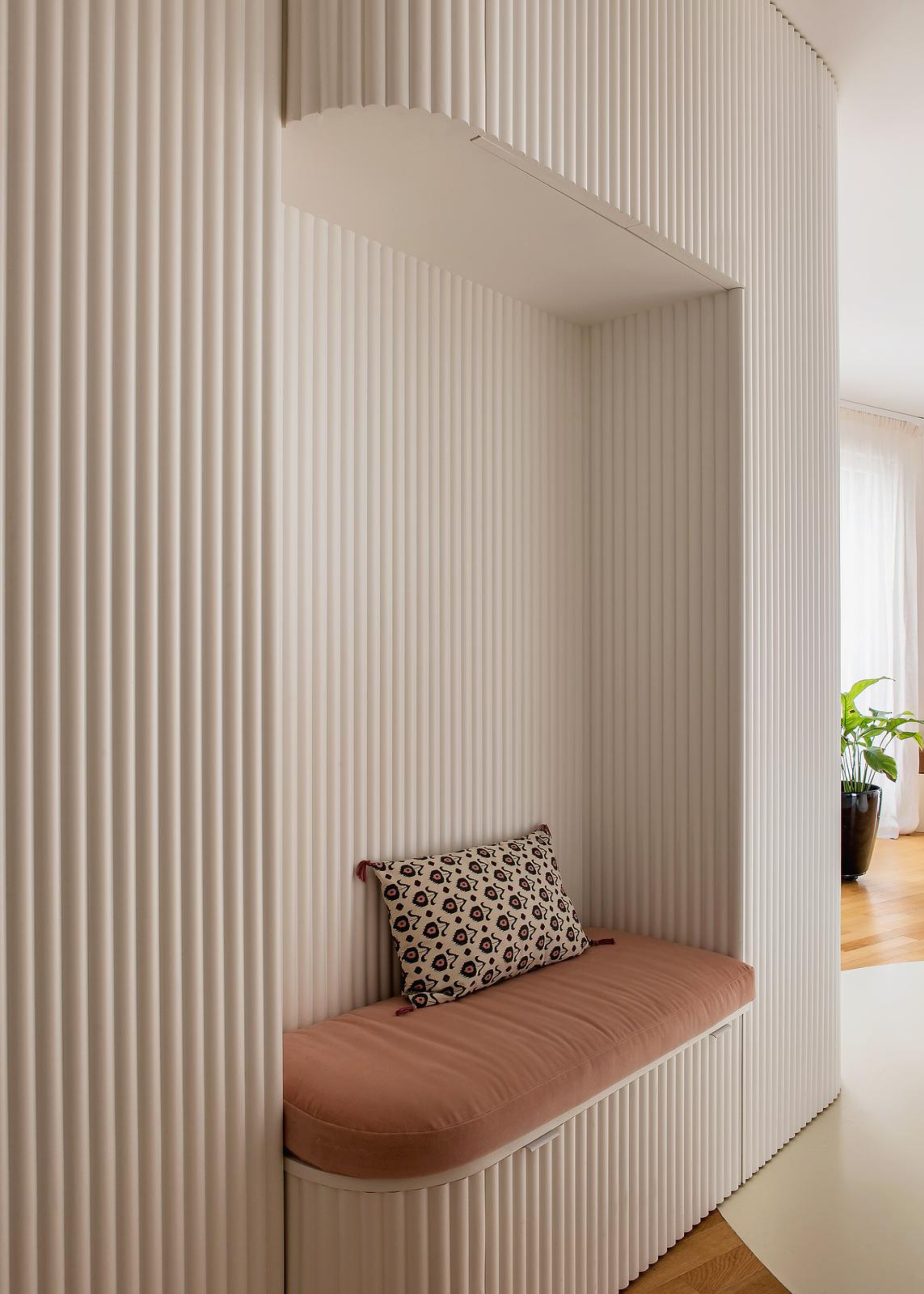
If there's one thing I've learnt from testing numerous decluttering methods, it's that there is no such thing as a quick long-term fix. Every method requires consistent attention and effort.
And the caterpillar decluttering method is built on a gradual, intentional approach rather than a band-aid trick fix to learning how to declutter a home. Instead of just a momentary culling of chaos, it dives deeper into clutter-filled habits and breaks the pattern for a healthier home routine.
Curious to know more? Let's discuss this dissolving decluttering technique with an expert.
What Is the Caterpillar Method for Decluttering?

With most decluttering challenges, the practice is often functional and involves the strategic act of physically culling clutter. However, the caterpillar dissolving method also focuses on the mental roadblocks that allow stagnant clutter or repetitive actions, leading to the same significant decluttering efforts every so often.
Instead of decluttering tricks that don't work, such as mass purging everything at once, the caterpillar method (also known as the 'dissolving caterpillar' decluttering method) encourages a mindful approach to reducing clutter. In a nutshell, this method is about taking on small, manageable tasks, making slow, steady, and incremental progress (much like how a caterpillar moves), while avoiding overwhelm and clearing the mental clutter, too.
Alicia Barker, president of Organizers Direct Industries and expert organizer, tells me that the caterpillar method encourages you to declutter not just your physical space, but the mental clutter that often hides behind it. "Mental clutter is that constant stream of thoughts, worries, and 'what ifs' that keep you from feeling calm and focused — and our homes can start to reflect that sense of being overwhelmed," she explains.
"Your home should feel like a refuge, not a trigger. When we’re surrounded by unfinished projects, stacks of unopened mail, mementos of hard times, or clothes that no longer fit because of life transitions like pregnancy or menopause, those things silently feed our anxiety. The caterpillar method asks you to pause and reflect before decluttering. Why is this item here? How does it make you feel?"
She clarifies that decluttering and minimalism aren’t about erasing personality or adopting a completely bland lifestyle. "It’s not about living in a sterile house with perfectly styled shelves," she assures. "A home should feel lived in and full of personality. It’s the emotional weight, not the creative expression, that needs to go."
How to Use it at Home

First, Alicia recommends starting with the space that stresses you out the most. "For me, it’s the entryway through our kitchen, where everything gets dropped: mail, tools, backpacks, shoes," she says.
"I want to walk in and feel like I can exhale, not immediately see a to-do list in physical form. Find your space that makes you want to shut the door and walk away — start there. Notice your emotional triggers."
She goes on to explain that clutter isn’t always junk. "It can be old concert tickets, kids’ artwork, or mementos from a loved one who passed. These items hold meaning, which is why they’re hard to part with. The key is to reflect on what they represent and whether you still need the object to hold on to the memory."
Properly assessing your belongings will help you properly declutter sentimental items and make room for fresh memories.

She explains that there are numerous ways to utilize the caterpillar dissolving method to transform your space from chaotic to controlled. "Use technology to preserve memories. Take photos of sentimental items and create a printed photo book using an online album maker," she suggests.
"You can also turn beloved t-shirts into a blanket or a pillow. Let the memory live on in a way that doesn’t take up physical space or emotional bandwidth."
Next, ask yourself what’s keeping you from moving forward. "Some things we keep because we haven’t forgiven ourselves. They could be reminders of past failures or even regret," she notes.
"The caterpillar method invites you to sit with those feelings, make peace with them, and then let go. You’re not just decluttering your closet. You’re shedding a layer and making space for something new."
Benefits of the Caterpillar Method

According to Alicia, there are two primary benefits to the caterpillar decluttering method. For one, it gives you clarity.
"You may not even realize what’s been making you feel anxious until you pause and really look around your home. Understanding the connection between your environment and your emotions gives you the power to change both," she shares.
Secondly, it teaches mindfulness, especially for families. "Physical clutter doesn’t just affect you. It affects everyone in the home. Kids and spouses should learn that their mess can impact other people’s mental well-being," she says.
"Giving your children their own space and teaching them how to keep their playroom organized builds empathy, responsibility, and respect for the shared home."
Books to Keep Clutter at Bay
Format: Paperback
'Keep the Memories, Lose the Stuff: Declutter, Downsize, and Move Forward with Your Life' by Matt Paxton takes a look at how to pare back the most emotionally heavy parts of your space.
Format: Hardcover
'Create Space: Declutter Your Home to Clear Your Mind' by Dilly Carter is a great read for anyone who is just beginning their journey to a tidier, healthier home.
Format: Paperback
'The Life-Changing Magic of Tidying: A Simple, Effective Way to Banish Clutter Forever' by Marie Kondo is a brilliant read about understanding the difference between what's worth keeping and what to banish.
If you find it tough to keep your home clutter-free long-term and can't help but feel overwhelmed at the thought of paring back your home all at once, slow decluttering is the technique you should pair with the caterpillar method.







